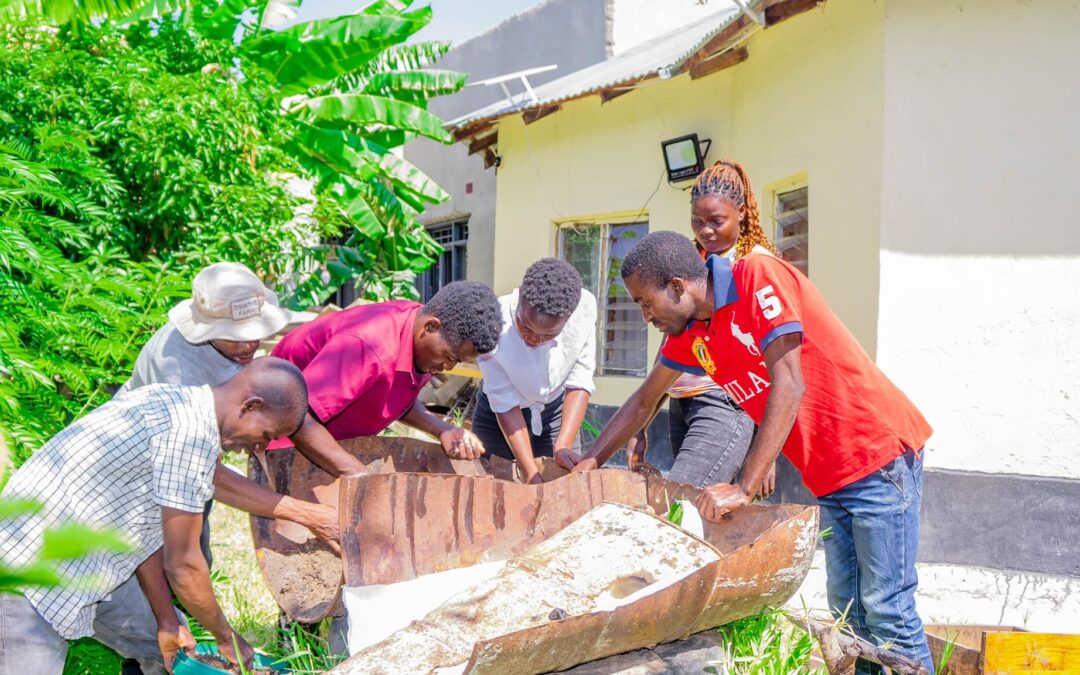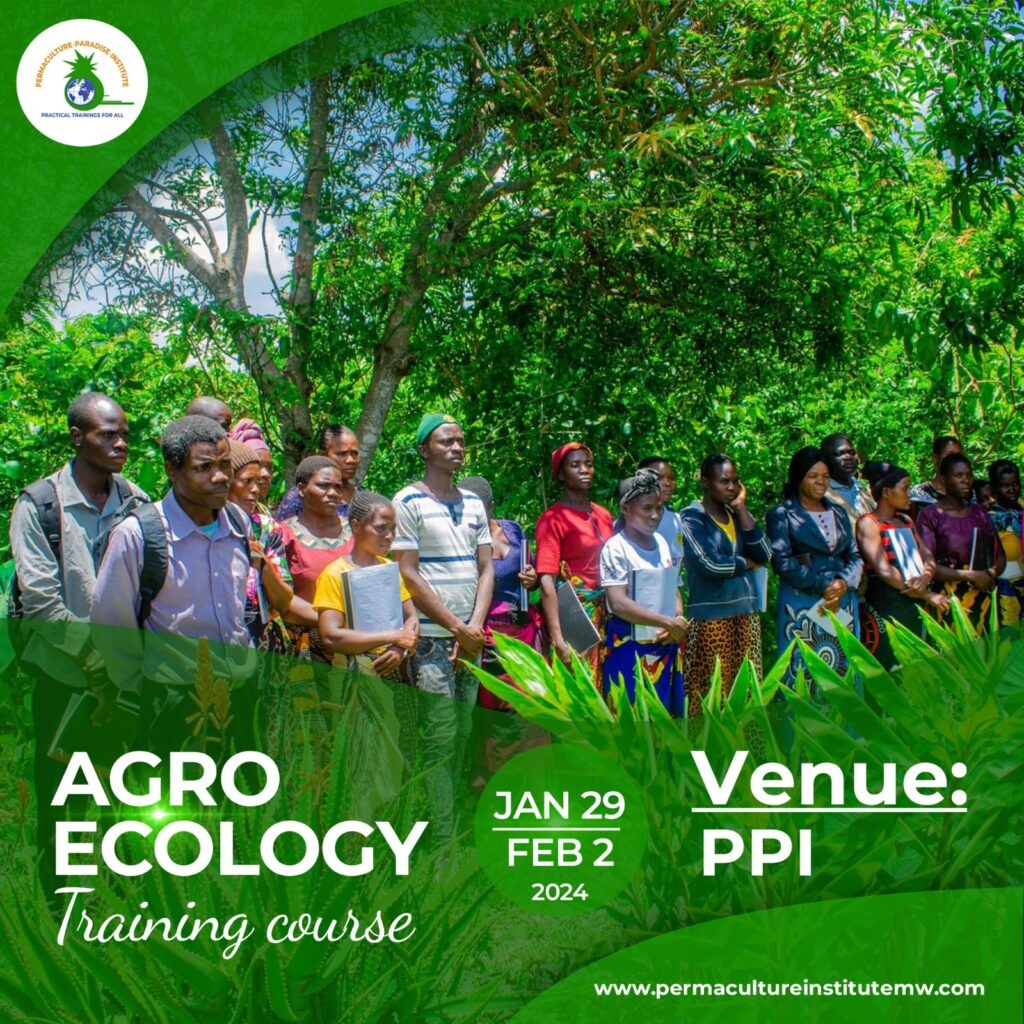On day six of the international 72-hour Permaculture Design Course at the Permaculture Paradise Institute, the 11 participants gathered with a renewed sense of enthusiasm. With the training reaching its midpoint, they were eager to dive into the day’s focus on guilds and zone practicals—two core concepts in permaculture that are pivotal for creating self-sustaining ecosystems.
The morning began with an introduction to guilds, a permaculture technique that involves grouping plants, animals, and other elements to support and enhance each other’s growth. The instructors explained how different plants could be arranged to create mutually beneficial relationships. For example, certain plants can fix nitrogen in the soil, while others might repel pests or attract beneficial insects. Understanding these interactions is key to designing systems where each component plays a vital role in supporting the whole.
With this knowledge, the participants set out into the field for their hands-on activities. They were tasked with designing and planting their own guilds within the institute’s gardens. Working in teams, they selected a variety of plants and strategically positioned them to form productive and harmonious communities. This exercise allowed them to apply their understanding of plant relationships and ecological balance in a practical, creative way.
The morning was filled with the sounds of digging and planting as the participants brought their guilds to life. Each group’s design reflected their unique insights and learning, turning patches of bare soil into thriving, diverse ecosystems. The process was as much about collaboration and creativity as it was about the technical aspects of planting.

By midday, the new guilds were beginning to take shape, each a testament to the participants’ growing expertise. During lunch, they shared their experiences and observations, discussing the challenges they faced and the solutions they devised. The conversation flowed easily, reflecting the strong bonds that had formed among the group over the past week.

In the afternoon, the focus shifted to practical exercises on zoning. Zones in permaculture are used to organize space based on how frequently different areas are accessed and their specific needs. Participants learned how to arrange elements like gardens, compost bins, and water sources in a way that maximizes efficiency and reduces the need for unnecessary movement and maintenance.
The participants returned to the field, this time with a mission to design and implement zonal layouts around the institute. They carefully mapped out areas of frequent use and strategically placed elements to optimize the functionality and flow of the space. Some focused on arranging vegetable gardens near living quarters for easy access, while others planned the placement of composting and recycling systems in more remote areas.
As they worked, the institute’s grounds began to transform once again. Pathways were laid out, planting areas were expanded, and new zones took shape, each thoughtfully designed to enhance the efficiency and sustainability of the space. This practical application of zoning principles gave participants a deeper appreciation for how thoughtful design can simplify and improve daily operations.
As the day came to an end, the participants gathered for a reflection session, sharing their thoughts and experiences from the day’s activities. They discussed how the concepts of guilds and zones had expanded their understanding of permaculture and enriched their approach to designing sustainable systems. There was a shared sense of accomplishment and a readiness to explore more in the coming days.
Day six at the Permaculture Paradise Institute had been a rich and rewarding experience, blending theory with practical application in a way that deepened the participants’ connection to the land and to each other. With six more days of learning and exploration ahead, the participants were excited to continue their journey, armed with new skills and a growing confidence in their ability to create resilient, sustainable ecosystems.

As they left the institute for the evening, there was a palpable sense of anticipation for the days to come. They knew that the knowledge and practices they were cultivating here would have lasting impacts, both in their personal lives and in their broader communities. The journey was far from over, and each day was another step towards a future rooted in harmony with nature.



